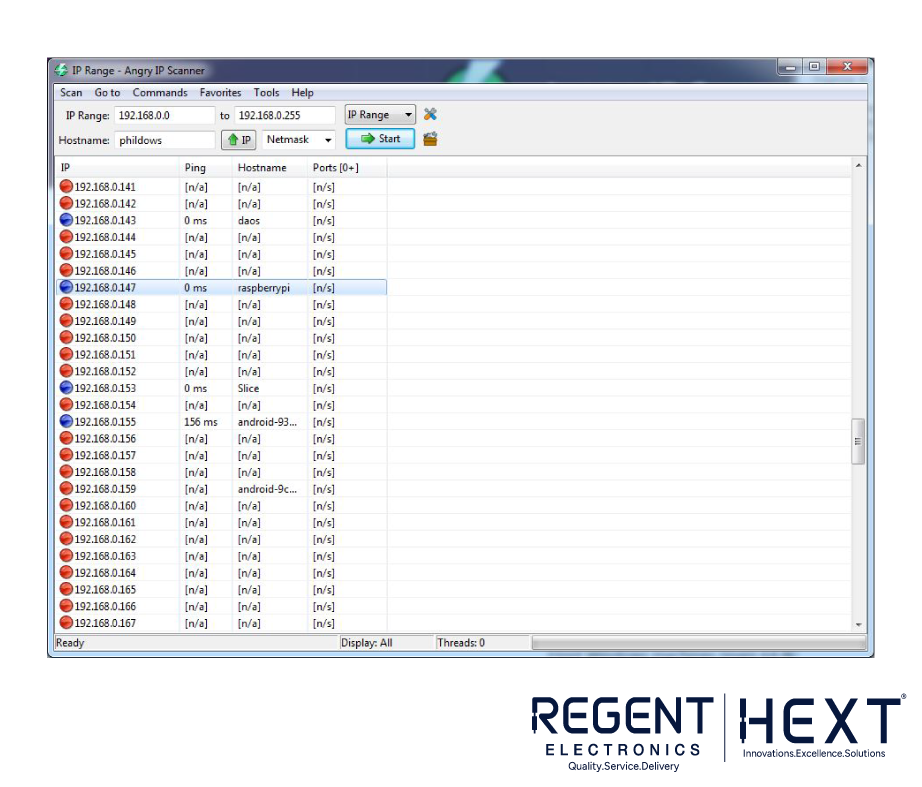
How to Find the IP Address of Raspberry Pi
Finding the IP address of your Raspberry Pi is essential for remote access and network connectivity. In this guide, we will walk you through simple steps to locate your Raspberry Pi’s IP address.
Why Do You Need the IP Address of Raspberry Pi?
To connect your Raspberry Pi remotely via a web browser or terminal, you need its IP address. This unique identifier allows you to communicate with the Raspberry Pi on your local network.
Getting Started with Terminal
Most users access Raspberry Pi using a monitor and graphical interface. However, if you need the IP address for remote access, you’ll need to use the terminal.
Opening the Terminal

- If you are on the desktop interface, open the terminal by clicking on the Terminal icon in the taskbar.
- A black window will appear with a command prompt, usually in the format pi@raspberrypi:~$.
Finding the IP Address via Ethernet

If your Raspberry Pi is connected via an Ethernet cable, use the following command:
ifconfig eth0
This will display various network details. Look for inet addr, followed by the IP address.
Alternatively, you can use this command to filter out unnecessary information:
ifconfig eth0 | grep inet | awk ‘{ print $2 }’
Finding the IP Address via WiFi
If you are using WiFi, replace eth0 with wlan0 in the command:
ifconfig wlan0 | grep inet | awk ‘{ print $2 }’
Or simply:
ifconfig wlan0
If no IP address appears, ensure your WiFi connection is set up properly and working.
Finding the Raspberry Pi’s IP Address from Another Computer

You can also find the IP address using an IP scanner tool such as Angry IP Scanner (angryip.org). This tool scans all devices on your local network, helping you identify your Raspberry Pi.
Steps to Use Angry IP Scanner:
- Download and install Angry IP Scanner on your computer.
- Open the tool and run a network scan.
- Look for a device named raspberrypi in the results.
Finding the IP Address on Your Smartphone
If your Raspberry Pi is connected to your phone’s WiFi hotspot, check the connected devices list in your hotspot settings. Alternatively, Android users (version 7 or below) can use third-party network scanning apps to detect the IP address.
Important Notes
- Your Raspberry Pi’s IP address may change when switching between WiFi and Ethernet.
- If you lose connection, recheck the IP address using the above methods.
Conclusion

Locating the IP address of your Raspberry Pi is a simple yet crucial step for network access. Whether you use the terminal, a network scanner, or a mobile device, these methods ensure you can always find your Raspberry Pi on the network.
Let us know your thoughts or questions in the comments section. Happy experimenting with your Raspberry Pi!
Stay tuned for more Raspberry Pi tutorials from Regent Electronics!
